Lava Isopods are a hot classic that never goes out of fashion.
Regarded as one of the original isopod morphs, they’ve long been prized for their stunning mottled magma coloration. Each is a unique blend of orange, red, and black hues.
Plus, they’re also a Porcellio scaber, which are tried-and-tested bioactive custodians.
With credentials like that, it’s no wonder they remain a popular choice for pets and terrarium cleanup crews alike!
If you’ve found a burning desire to know more about these charming critters, you’re in the right place. Find out how to care for Lava Isopods and how to use them in your next project.
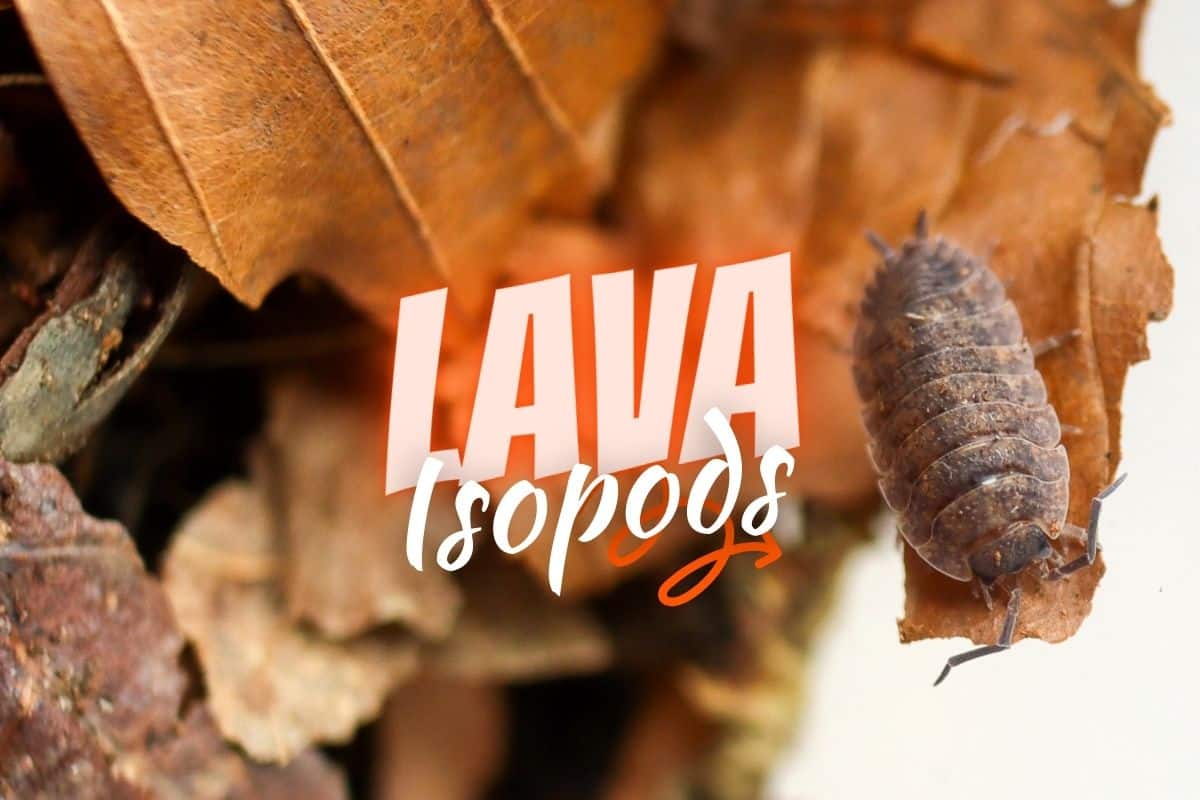
Terrarium Tribe is reader-supported. When you purchase through links on our site, we may earn an affiliate commission (at no further cost to you). 💜
Lava Isopods – A Quick Overview
Take one look at the Lava Isopods, and you’d think they’re straight out of Mount Vesuvius.
And honestly, the origins of the wild type aren’t too far off. Porcellio scaber is a very successful isopod species, and though it can be found all over the world now, it was originally native to Central Europe.
Thankfully, that widespread adaptability is not lost on the Lava color morph.
They’re classically more of a temperate species1, but these molten marvels can handle a wide range of terrarium/enclosure conditions.
Lava Isopods only grow up to around 1-2 cm long. Which makes them a fairly average-sized species and very manageable from a space and handling point of view.
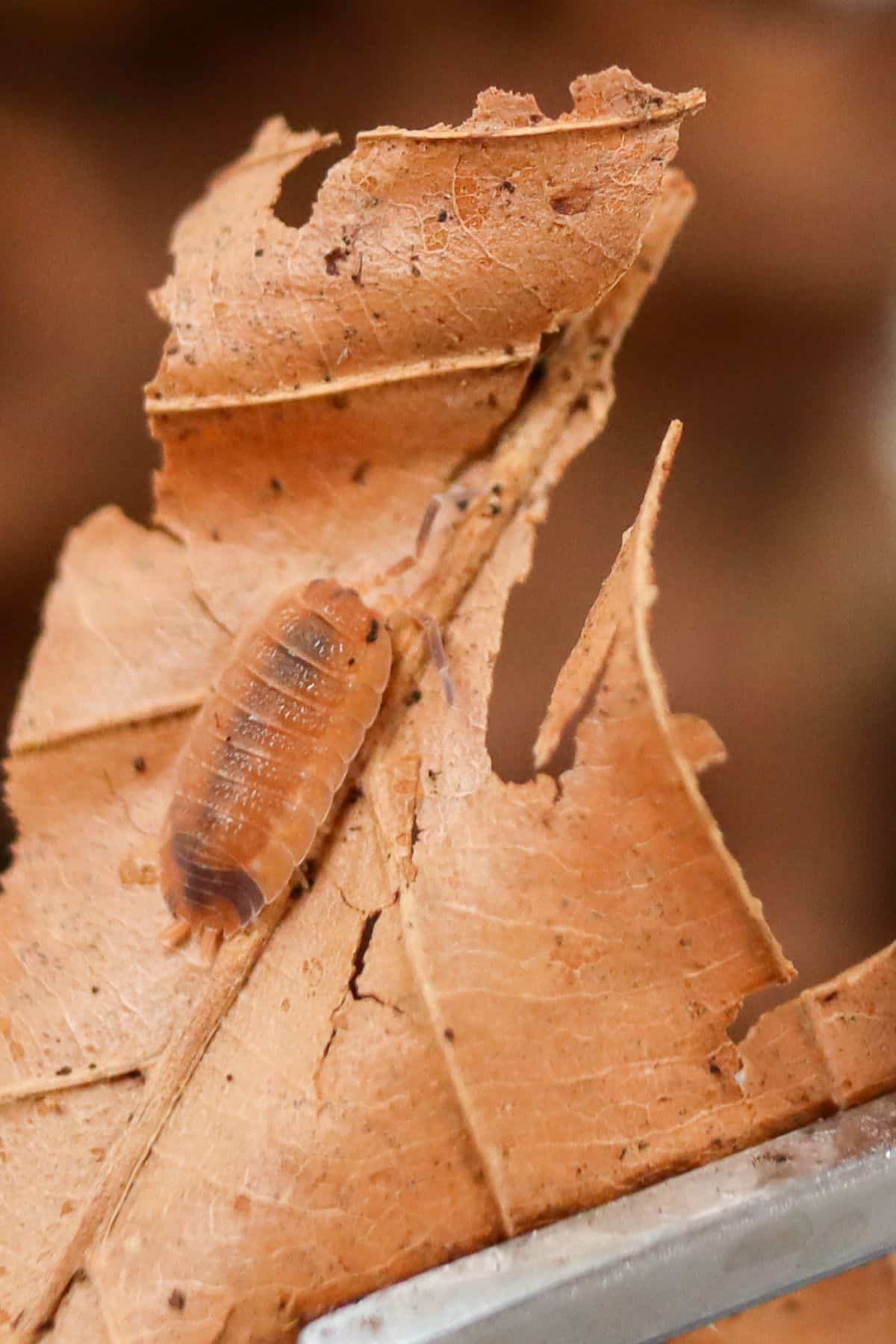
So, even aside from their funky facades, Lava Isopods have plenty of pros and little in the way of cons.
If you’re looking for a solid isopod pet pick or a hardy bioactive custodian at a very affordable price point, a Lava Isopod culture could be right for you.

Porcellio scaber ‘Lava’ Isopods – 10 Count
The hot classic, prized for their stunning mottled magma coloration.
Available on the Terrarium Tribe Store.
And now, how to care for them!
How to Care for Lava Isopods
Environmental Conditions
Being a Porcellio scaber morph means these are hardy species of isopod that’s very easy to care for.
Despite their volcanic vibes, you don’t need soaring temperatures to keep these isopods happy. Anything around the 70-80ºF mark is going to be just fine.
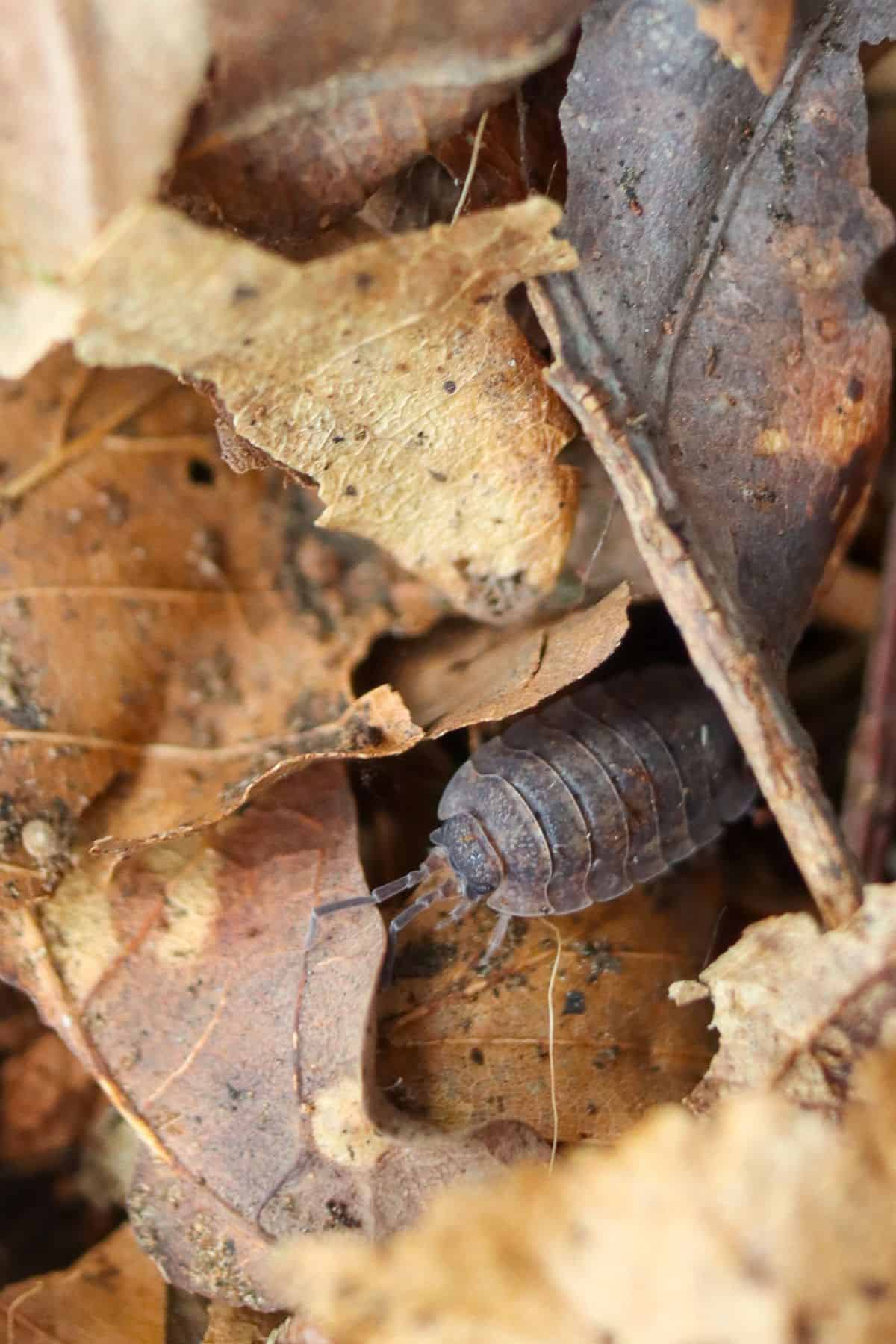
In terms of humidity, Porcelio scaber is actually one of the few species that are comfortable in tropical, temperate, and more arid environments.
That being said, they do tend to favor dryer conditions.
I did find one (albeit very old) study finding that their activity was actually inversely proportional to humidity2. In short, they were found to be very active in dry air and very slow in humid air.
Though I’ve definitely heard of them being put to great use in a range of tropical bioactive terrariums, so the anecdotal evidence doesn’t necessarily correlate.

Either way, if you have these in a dryer setup, you’ll definitely need to make sure they have a moist area that they can retreat to. A hydration area of damp sphagnum moss is usually the best way to achieve this.
👉 Grab a bag of our sphagnum moss.
Naturally, being able to handle a range of humid conditions also means they’re not overly sensitive to ventilation.
Container & Enclosure
If you’re culturing these in a typical plastic tub (often affectionately called an “isopod bin”), you’ll have an easy time with this species.
You really can’t go wrong with a typical shoebox-sized container to get started.
Just add as much ventilation as you deem appropriate.
Inside, you’ll want a substrate that holds some moisture and has plenty of organic matter for your Lava Isopods to feed on. Worm castings, bat guano, and orchid bark are all good organic options here.
Cork bark and other natural climbing/hiding structures always go down a treat and are highly recommended. Cork bark is great because it holds up so well and lasts a long time, but seed pods (like our magnolia seed pods) and such are good options too.
👉 Shop our cork bark chunks (we have a range of sizes/weights!).
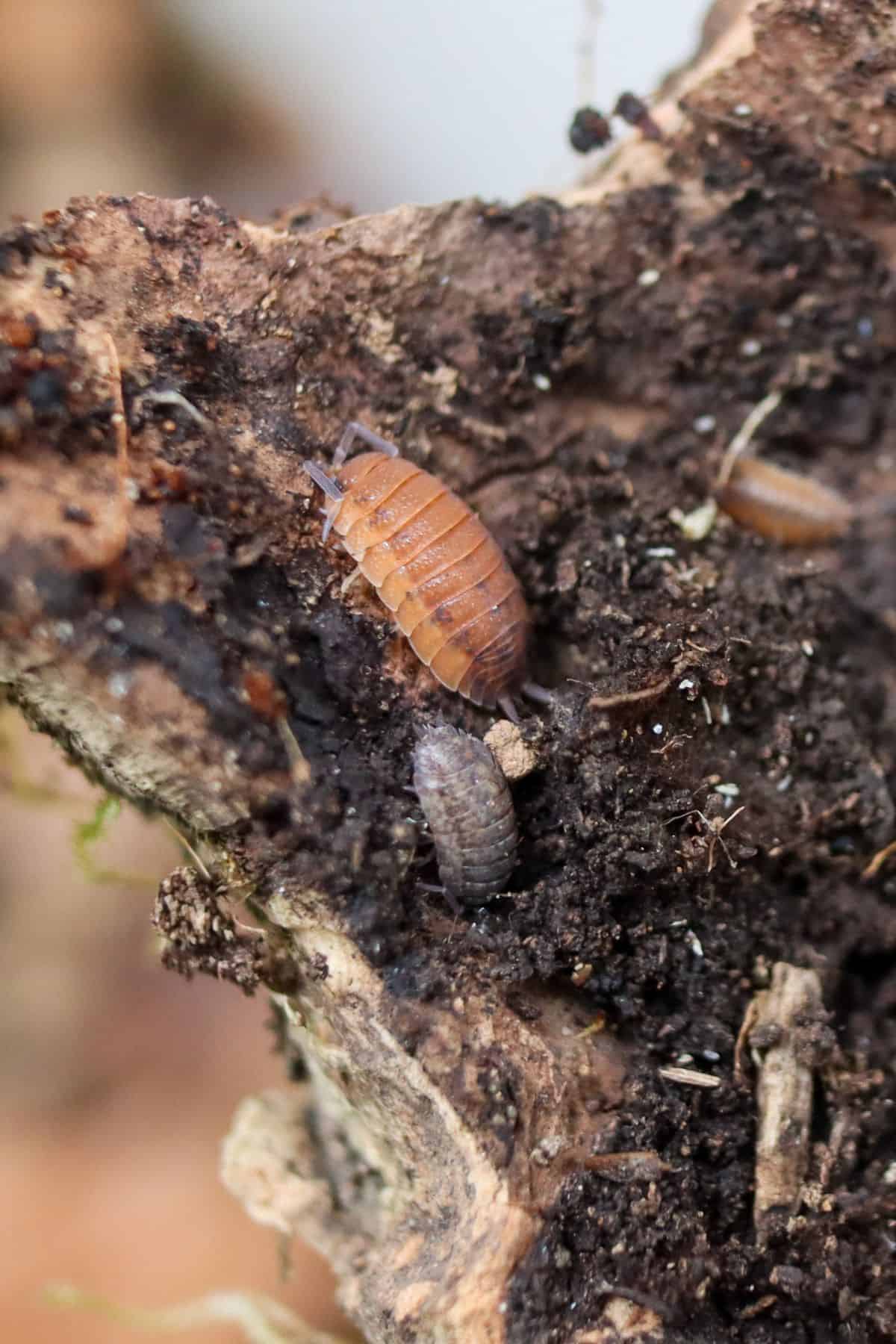
And finally, you’ll want to sprinkle in a ton of leaf litter because these guys have quite the appetite.
Feeding
What do Lava Isopods eat? Honestly, just about anything.
They are very food-motivated and in no way picky.
As mentioned, a typical isopod diet consisting of a healthy supply of leaf litter is a must here. Maintaining a healthy layer is the best way to keep them comfortable and fed.
👉 We sell both oak leaf litter and magnolia leaf litter (the former is softer and more palatable, but the latter lasts a lot longer).
Softwoods (like our cholla wood pieces) are great, too. They break down slowly, providing stable, long-term sustenance. Cholla wood looks pretty cool too!
Beyond that, supplementing their diet is incredibly easy and recommended.
Porcellio scaber does well with high-protein diets and also benefits from a regular calcium source.
You can add this through a wide variety of foods, from freeze-dried fish to specialist protein gels.
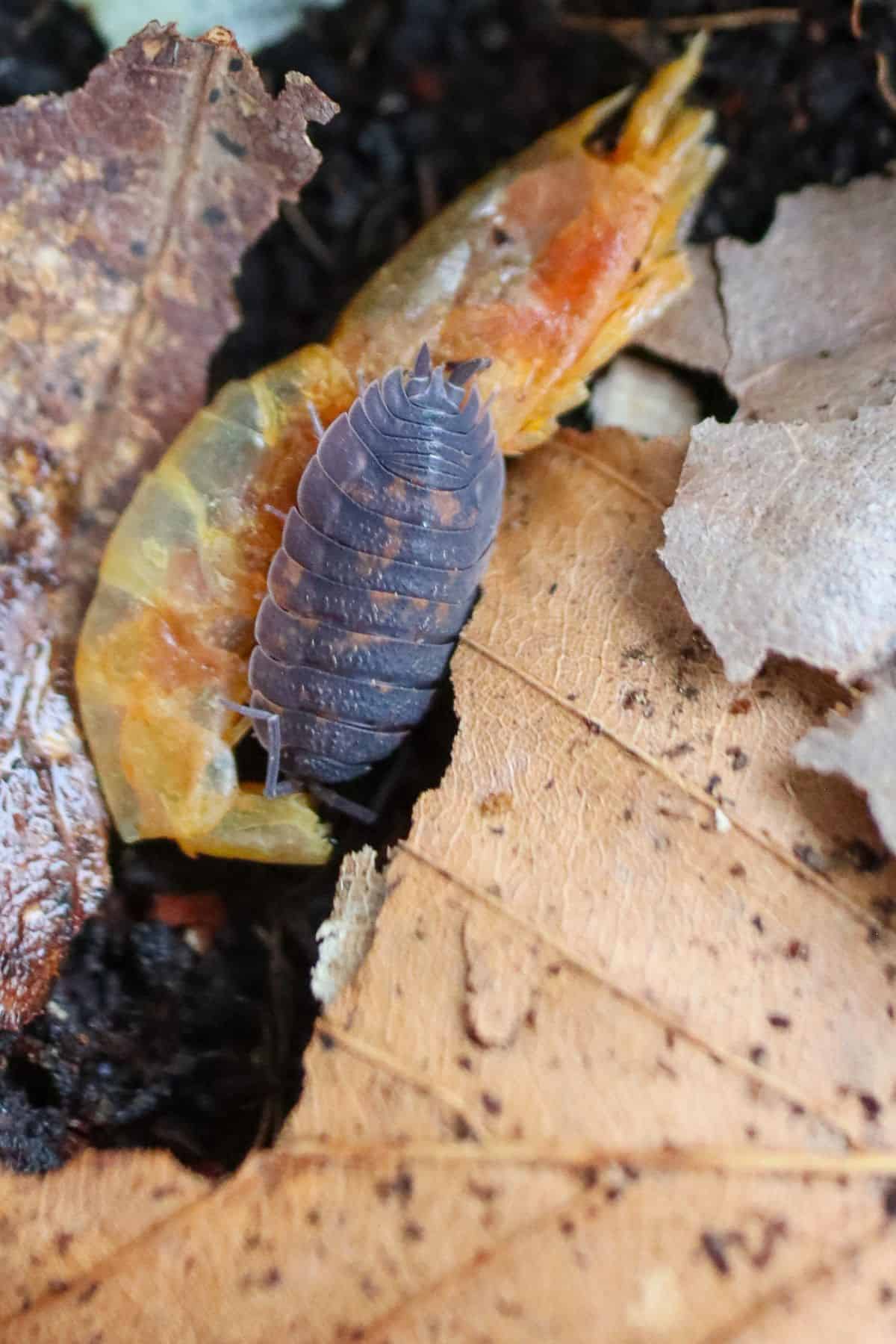
We’ve teamed up with the expert breeders at Rubber Ducky Isopods to bring you a complete nutritional supplement powder with multiple veggie, protein, and calcium sources. It includes ground-up crustacean exoskeletons, so it’s full of everything isopods need for their own.
And as a powder, it’s super convenient.

Breeding
Lava Isopods breed very quickly and easily.
You really don’t have to do anything fancy to encourage them. Keep them happy and fed, and they’ll rapidly generate a healthy population.
It could certainly be argued that Lava Isopods are one of the best isopods to breed just because you get so much variety in color and pattern.
We have them ranging from speckled orange/brown to full-blown orange.
👉 Shop our Lava Isopods for sale.
Side note, we also have the super cool ‘Ghost’ morph for sale too!
Have Your Say on Lava Isopods
There we have it. Have you fallen in love with the molten magic of the Lava Isopods yet?
Or perhaps the Orange Koi Isopod is the P.scaber variety for you.
Honestly, there’s a color morph to suit every occasion, so it’s always worth checking what hot new types of isopod are on the market.
And yes, that’s a plug to go check out the many isopods we have for sale…
References
